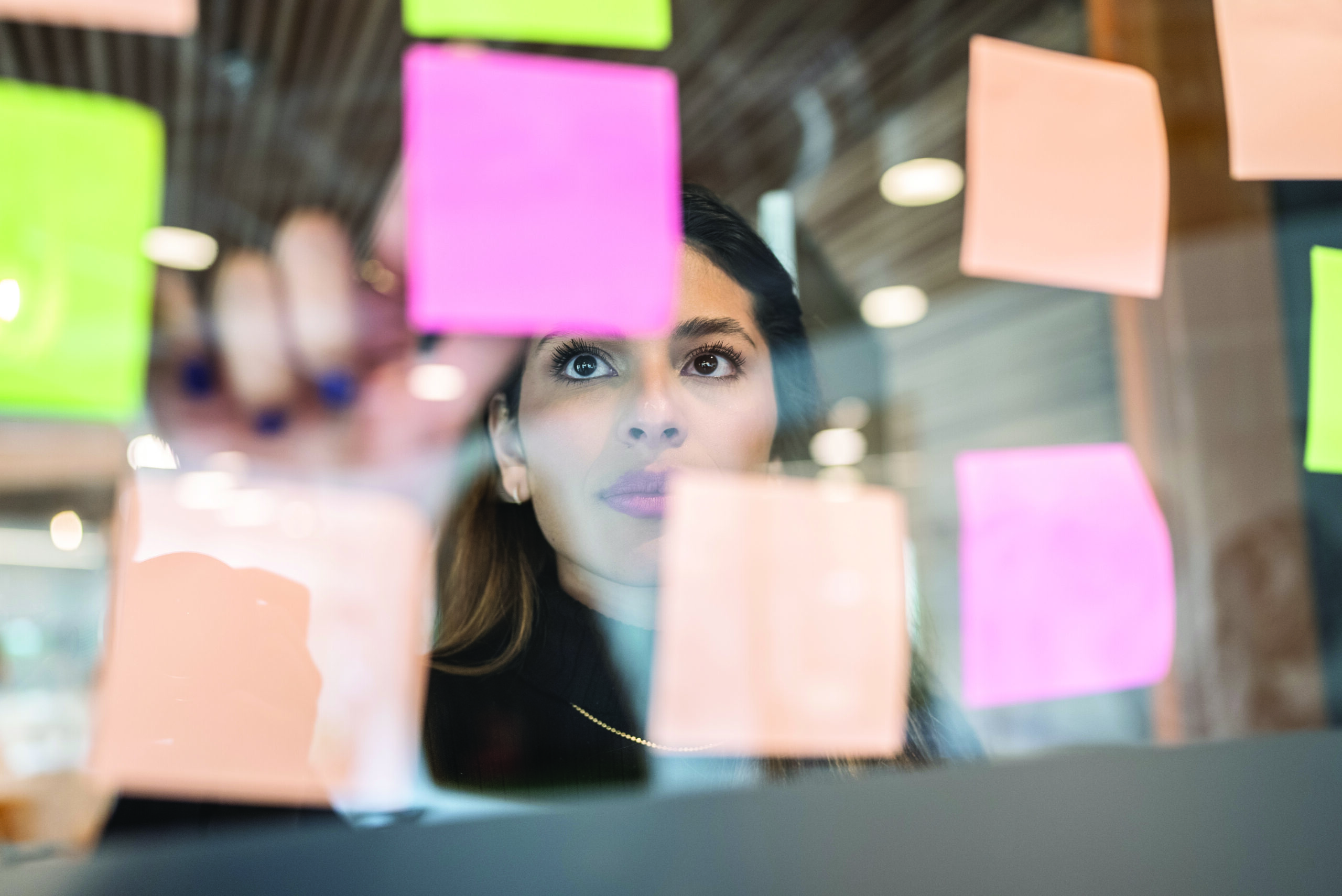by Cheryl Pope
T
he impact of the Covid-19 pandemic has hit everyone differently. Some people have seen it as an opportunity, while others have seen it as a complete nightmare. Either way, it’s probably safe to say that everyone has learned at least one new thing during the Covid pandemic. And not necessarily because they wanted to, but because they had to.
People had to “figure things out.” Some of these have led to permanent changes in lifestyle. Suddenly, the opposition to doing a video call has become a way of life as well as a major means to maintain connections with others. Ordering items off of Amazon has freed up time to spend with family or watching Netflix instead of running to the mall. But what if people tried new things without being forced to?
Carol Dweck is a professor at Stanford University, and much of her work has been spent looking at what motivates people. Over her career, a large focus of her work has been on the impact of a person’s mindset (the set of assumptions, methods or notions held by that person) on behavior. She found that people’s view of themselves impacts everything.
Someone who believes their qualities are simply “the hand they were dealt” likely focuses on trying to prove that they are right, doesn’t learn from mistakes and feels threatened by the success of others. However, someone who sees their innate qualities simply as the starting line is able to thrive during the most challenging of times. Dweck has coined these mindsets the “fixed” and “growth” mindsets.
Consider this scenario. Sally and Bob both take the same route home from work. However, today, there is an accident on the road ahead, and traffic is backed up for miles.
Sally has a “fixed” mindset. She sees the traffic jam, gets frustrated and simply “gives up” that this is her fate for the day, and she sits in the traffic jam for an hour. Bob, on the other hand, has a “growth” (also referred to as “learning”) mindset. He quickly assesses the situation, sees a street on the right, and decides to turn down the road to see where it goes. After all, even if it takes longer, he is doing something besides sitting in traffic.
As it turns out, Bob discovers that this route is not only shorter, it takes him directly past the new smoothie store he has wanted to visit. Talk about a win-win!
The good news is that people can develop a growth mindset. Step one is identifying one’s current mindset.
Here are Five Questions to Determine Current Mindset:
- Taking on new challenges is exciting.
- Making mistakes is ok.
- Trying is just as important as succeeding.
- Asking for help or input is ok.
- Receiving negative feedback is a good thing.
Answering “no” to one or more of these questions can indicate a fixed mindset. The good news is that humans can change. It just takes a little work.
- Consider the following strategies to develop and strengthen a “growth” or “learning” mindset:
- Identify and embrace imperfections in self and others.
- See challenges as opportunities.
- Use the word “learning” instead of “failing.”
- Stop seeking approval.
- Keep the big picture in mind.
- Celebrate growth—of self and others.
- View criticism as positive.
- Take time to reflect on each day’s learnings.
- Learn from the mistakes of others.
- Accomplish one goal, then set another.
- Balance time and effort. Accept “not yet” as ok.
- Own and promote a growth attitude in others.
Adopting a growth mindset increases resilience and drives performance. The good news is that by reading to this point of the article, you are well on your way!








Leave A Comment